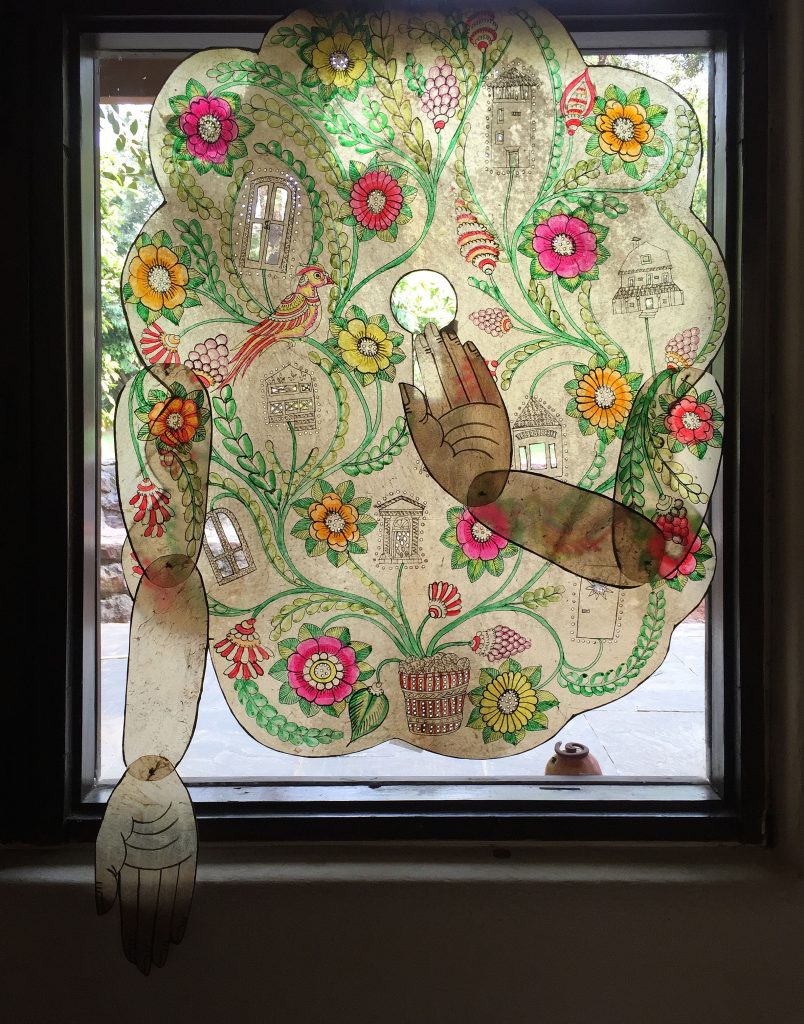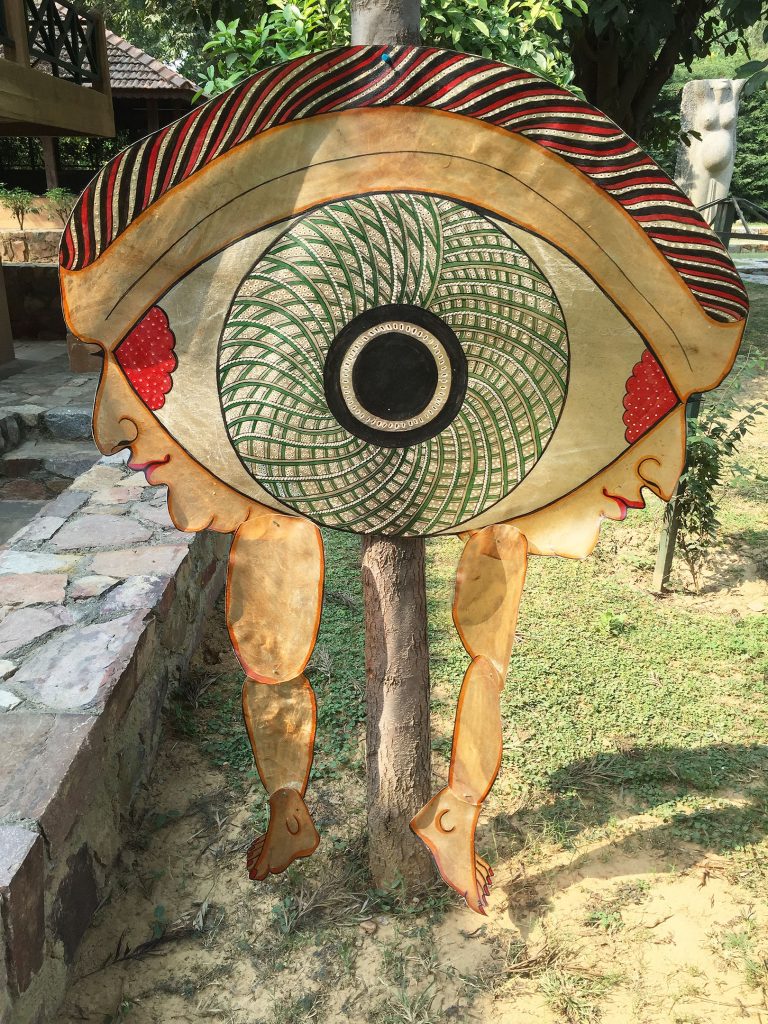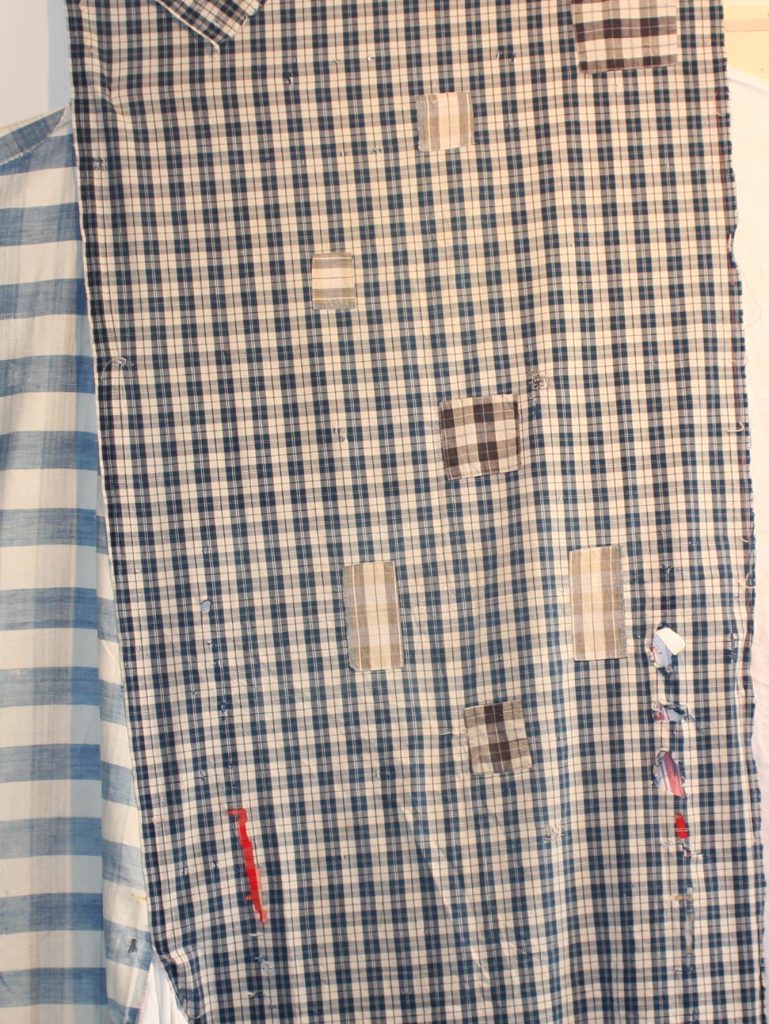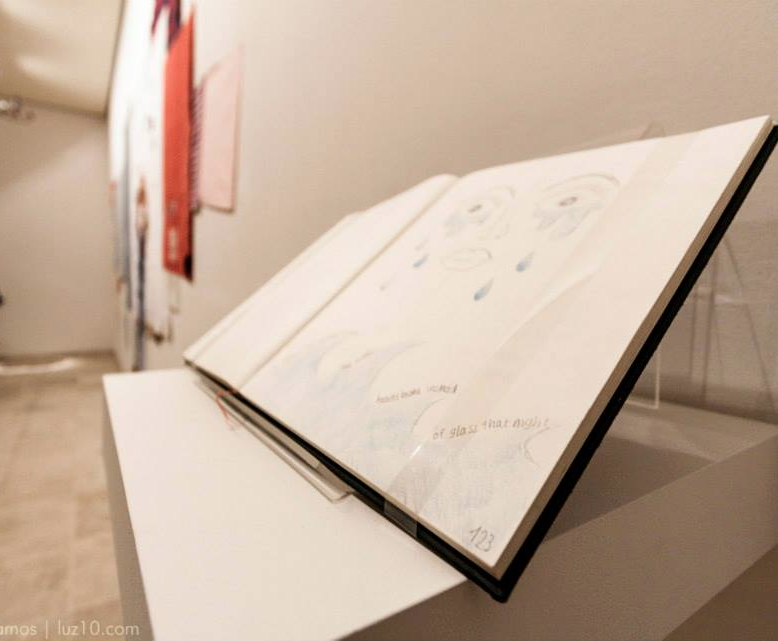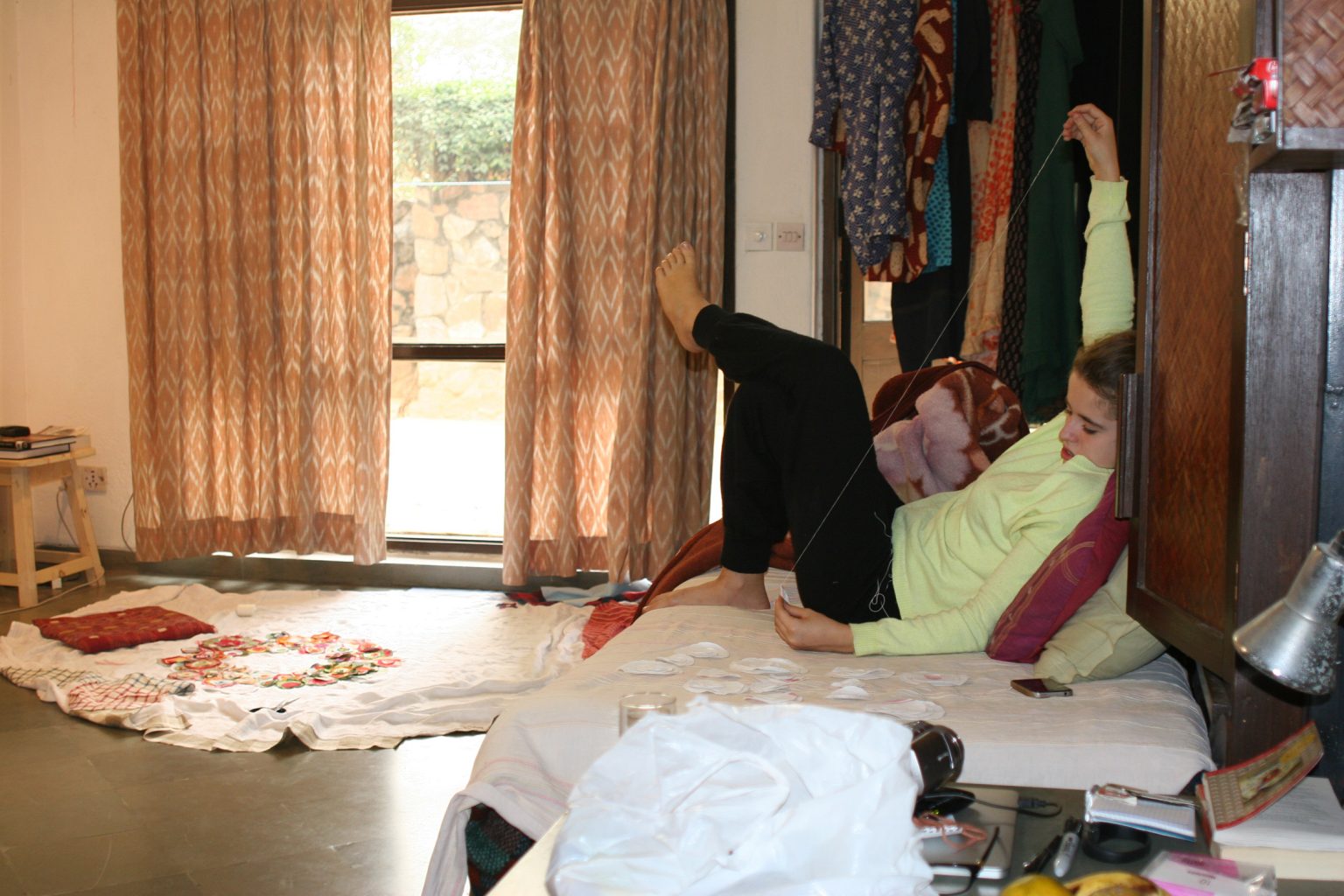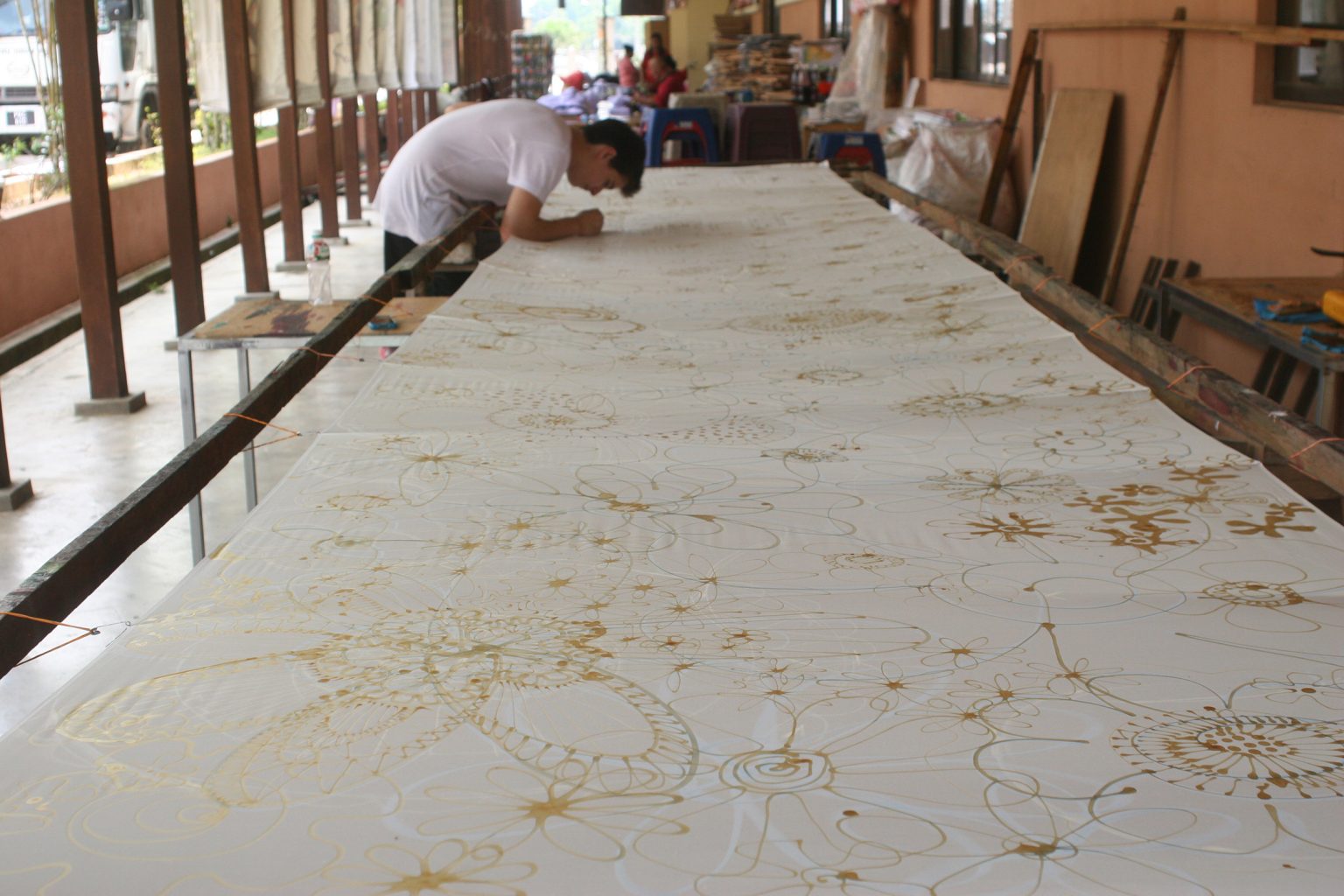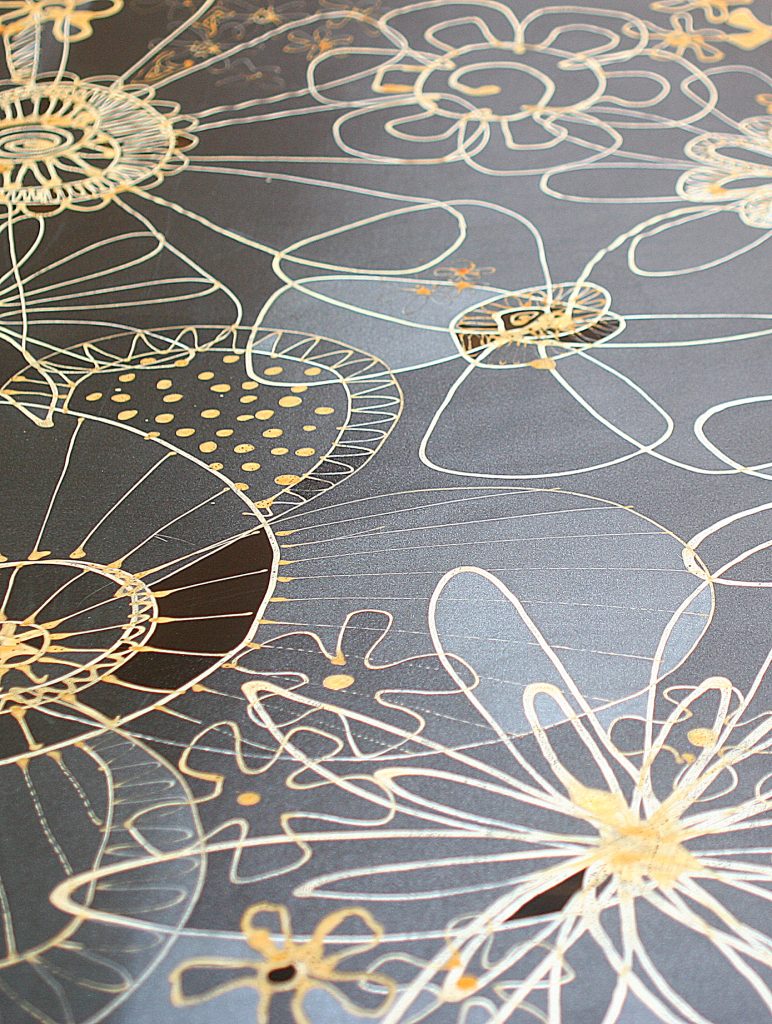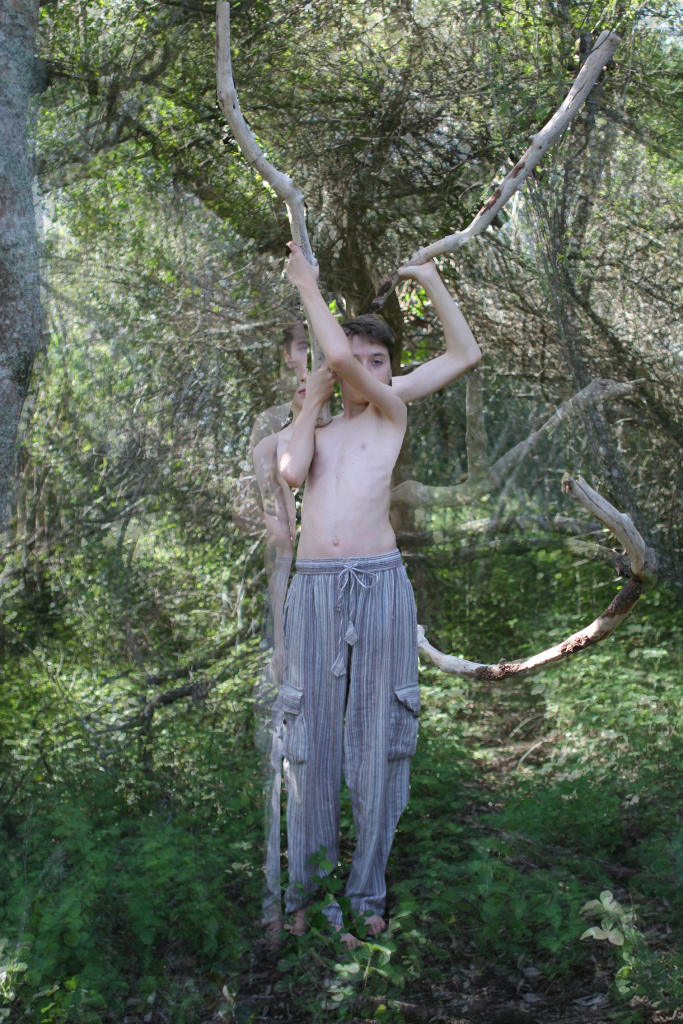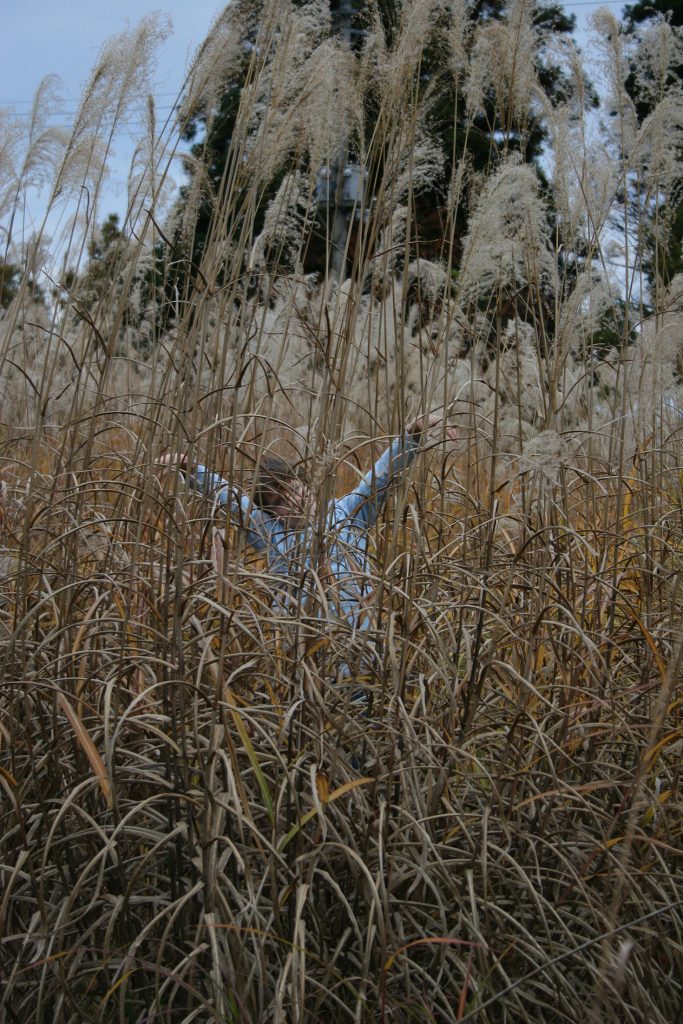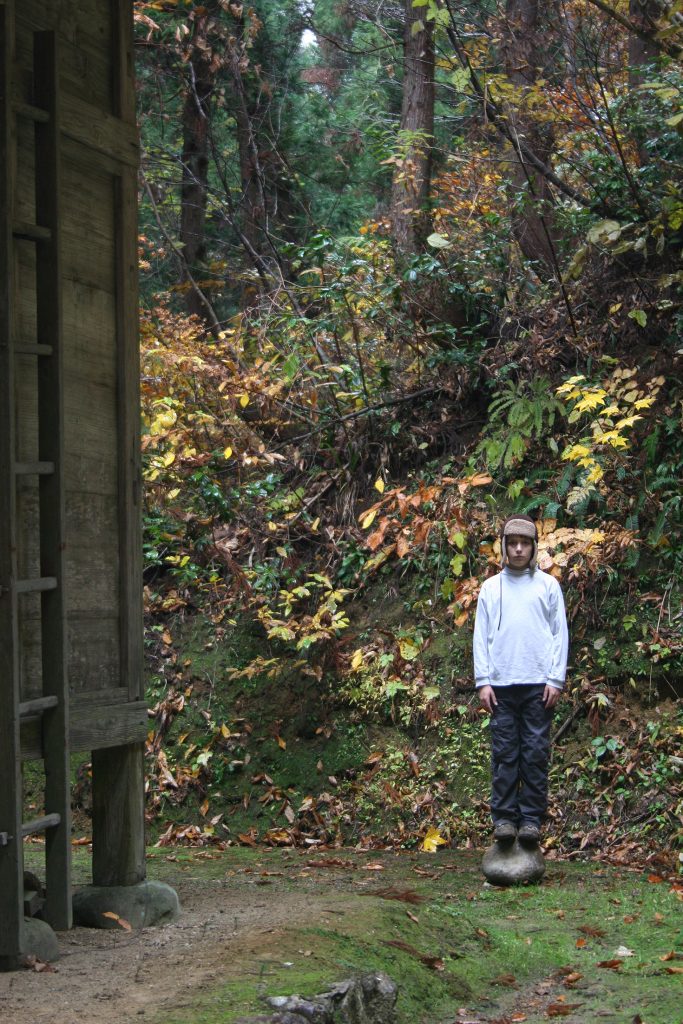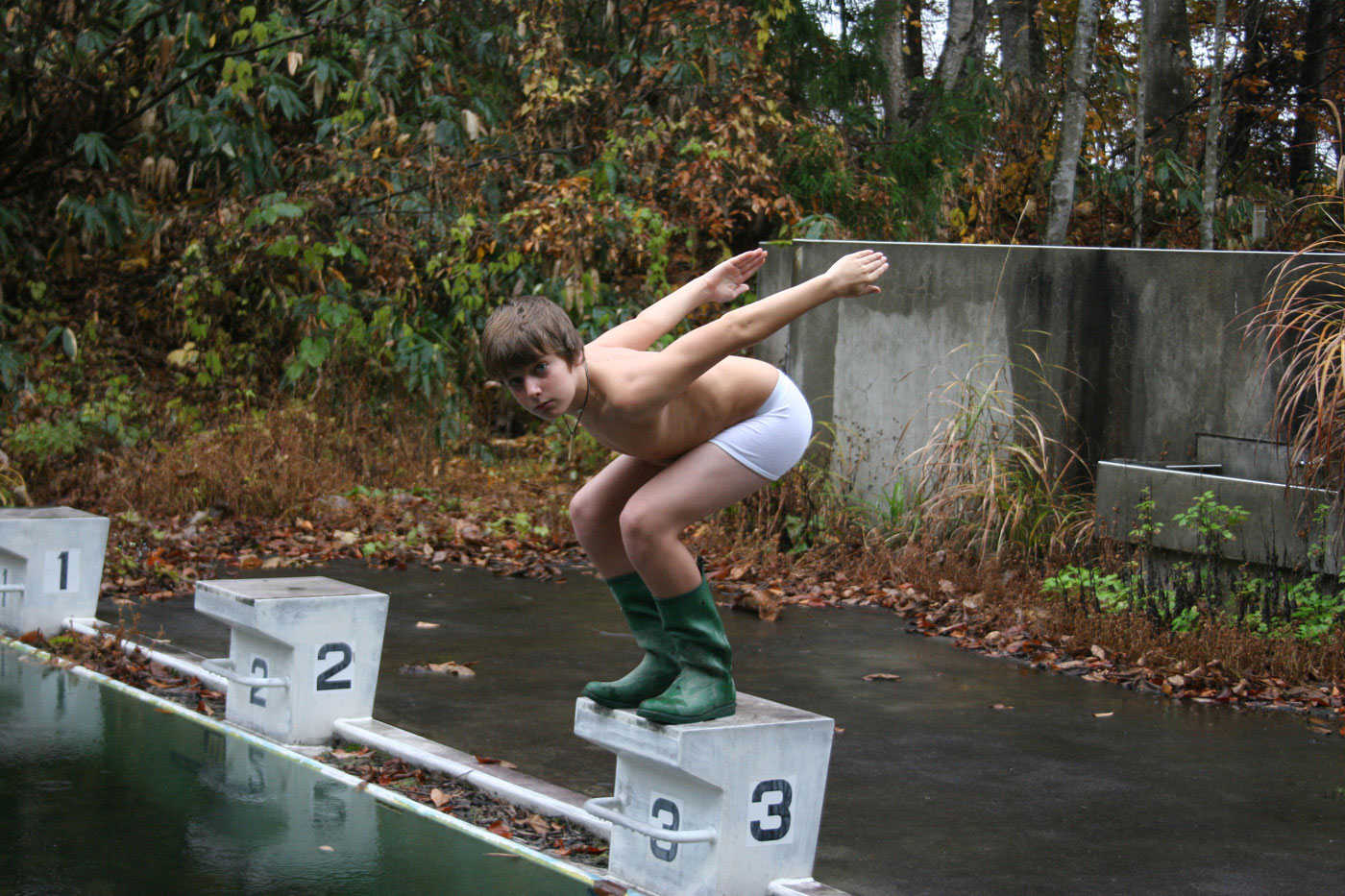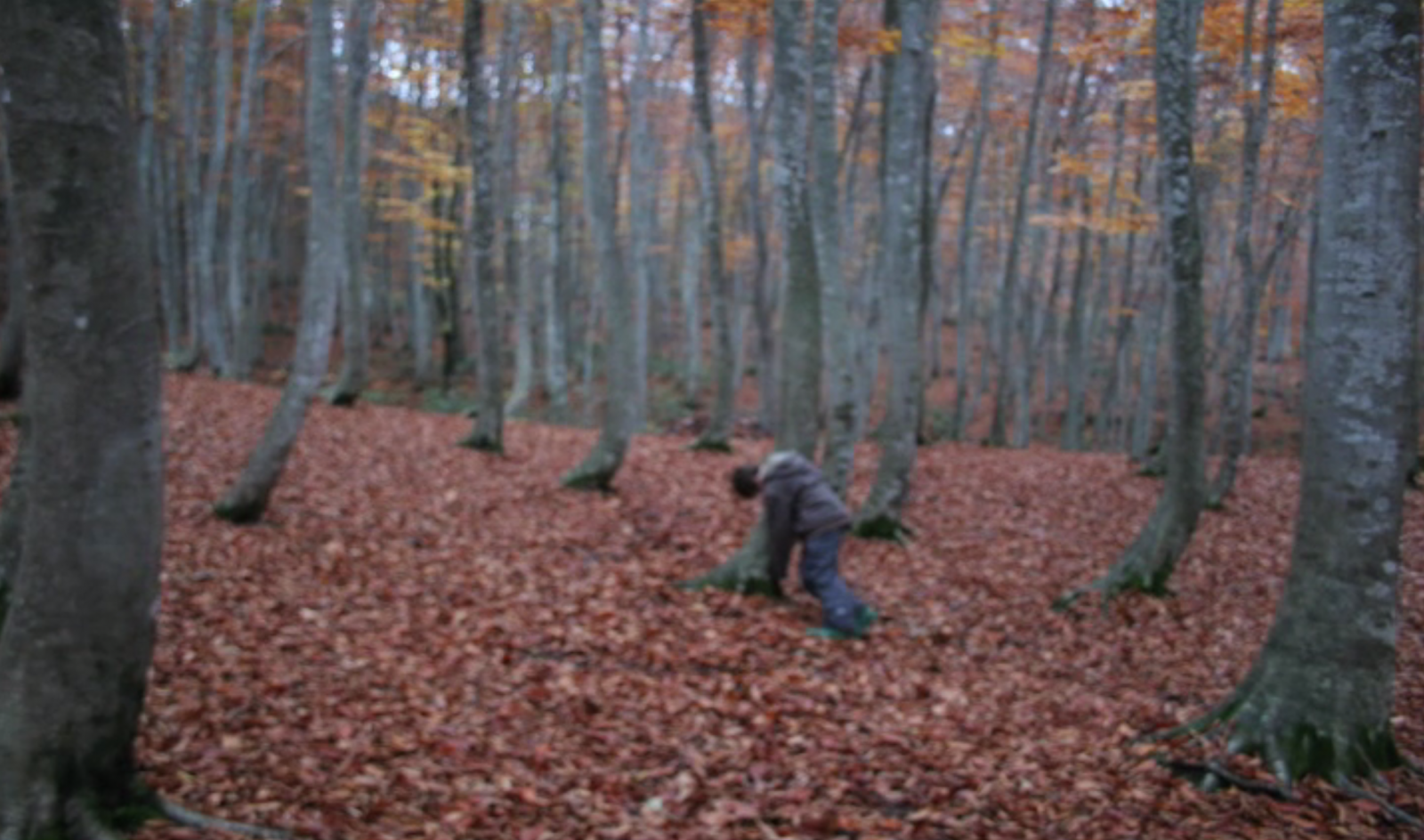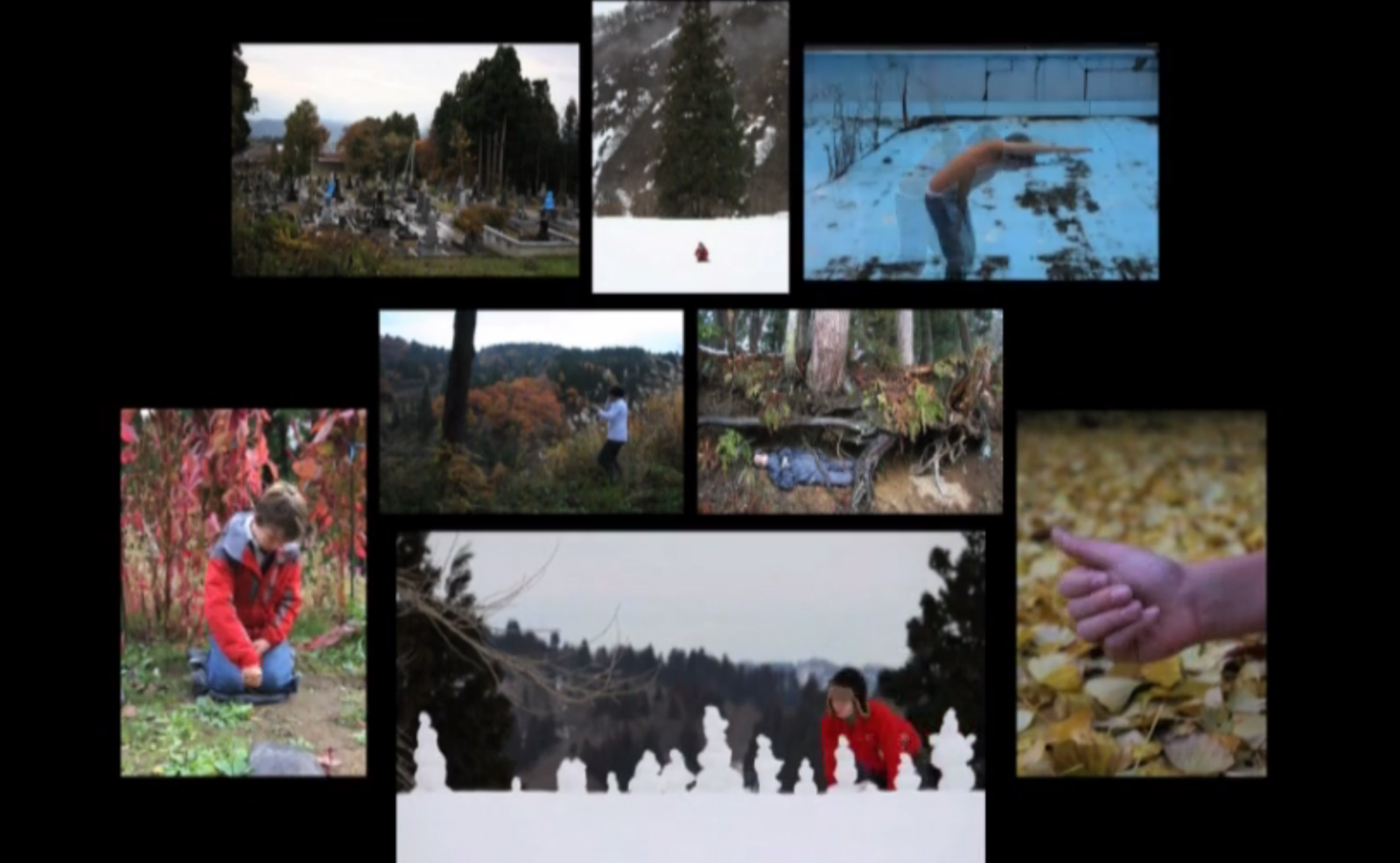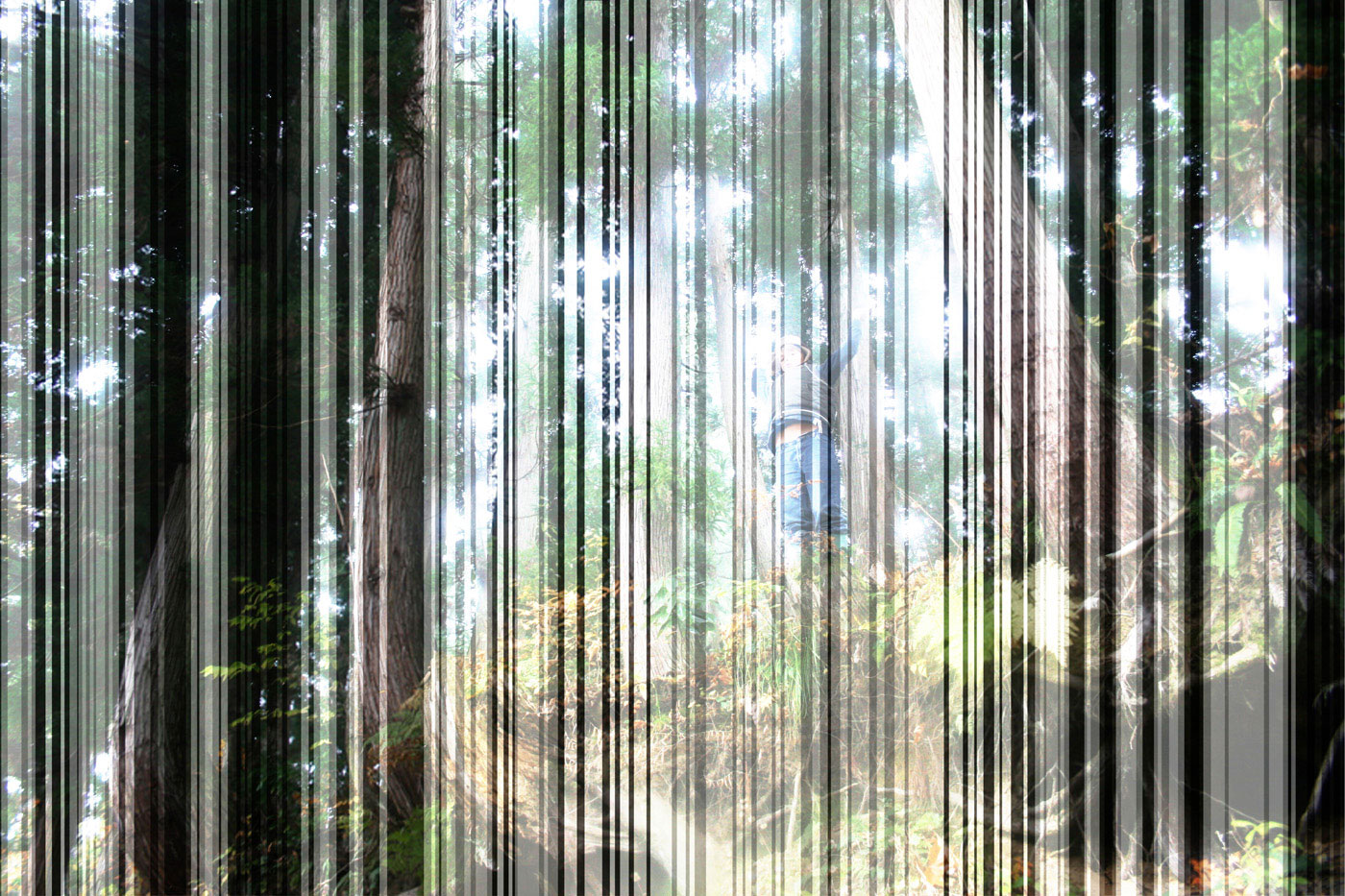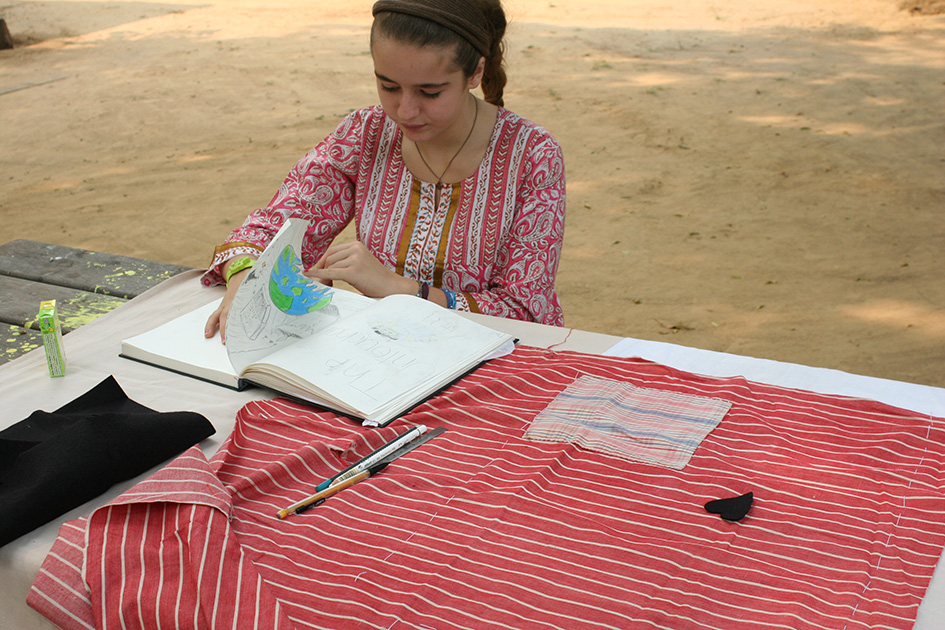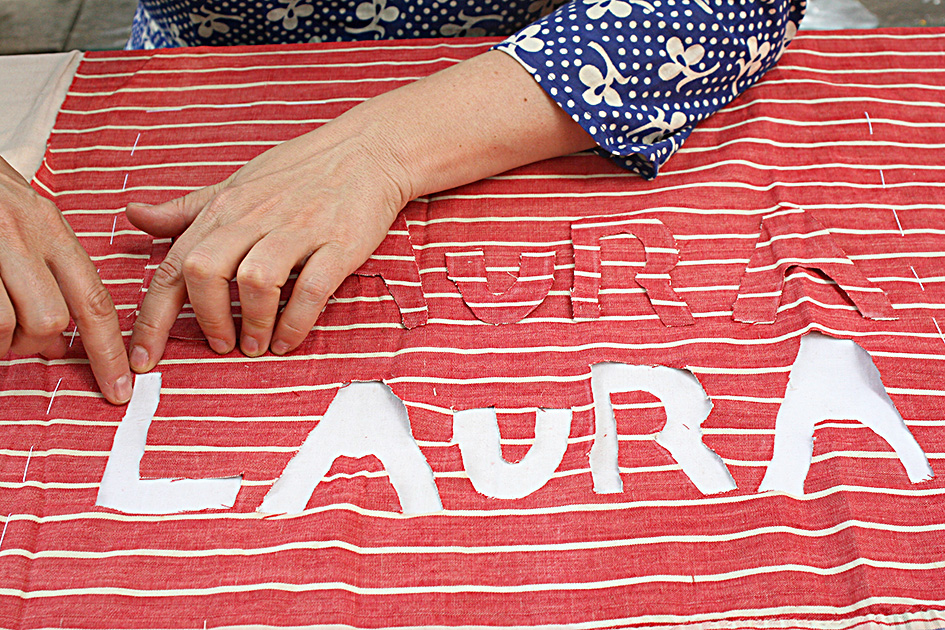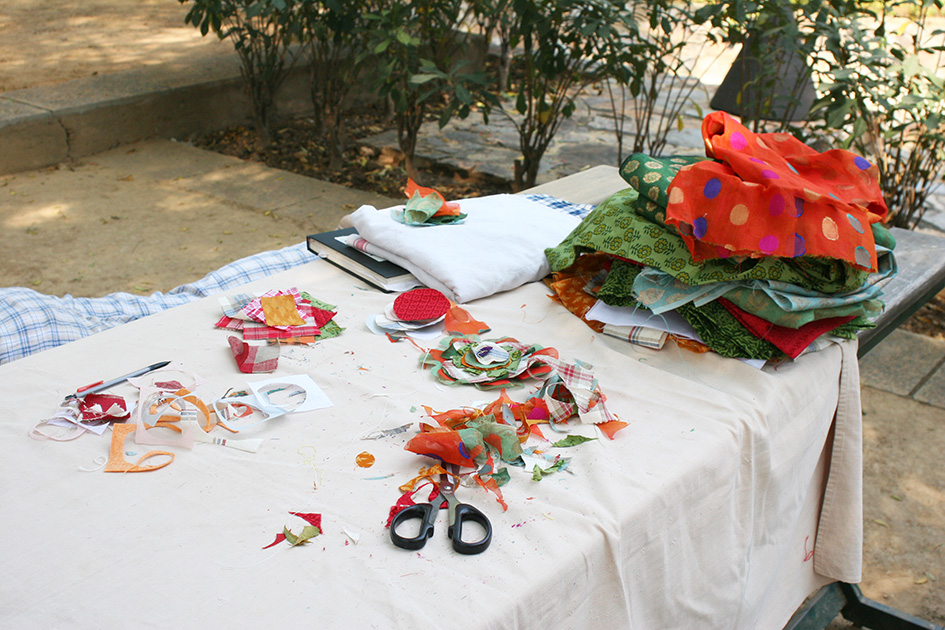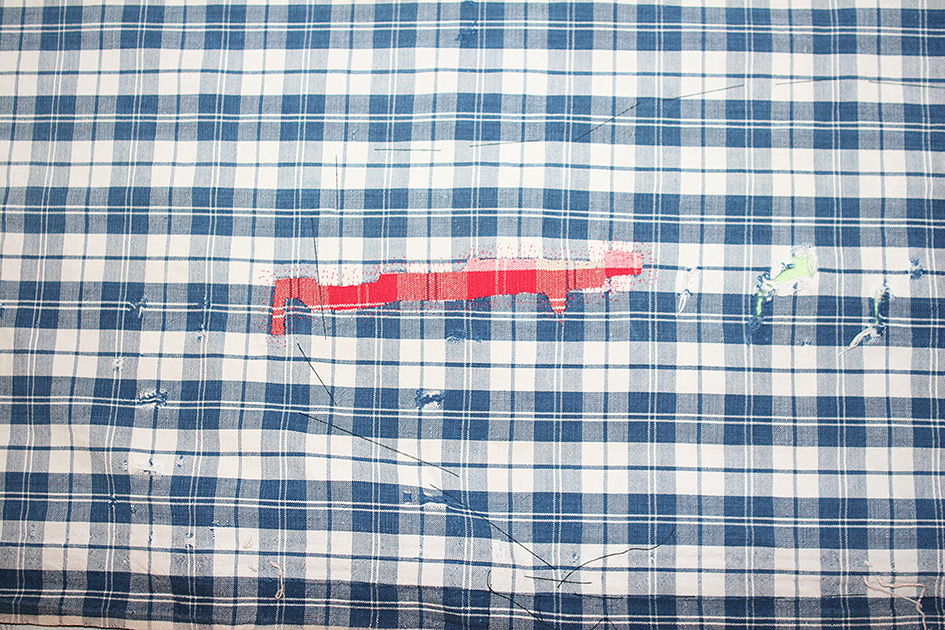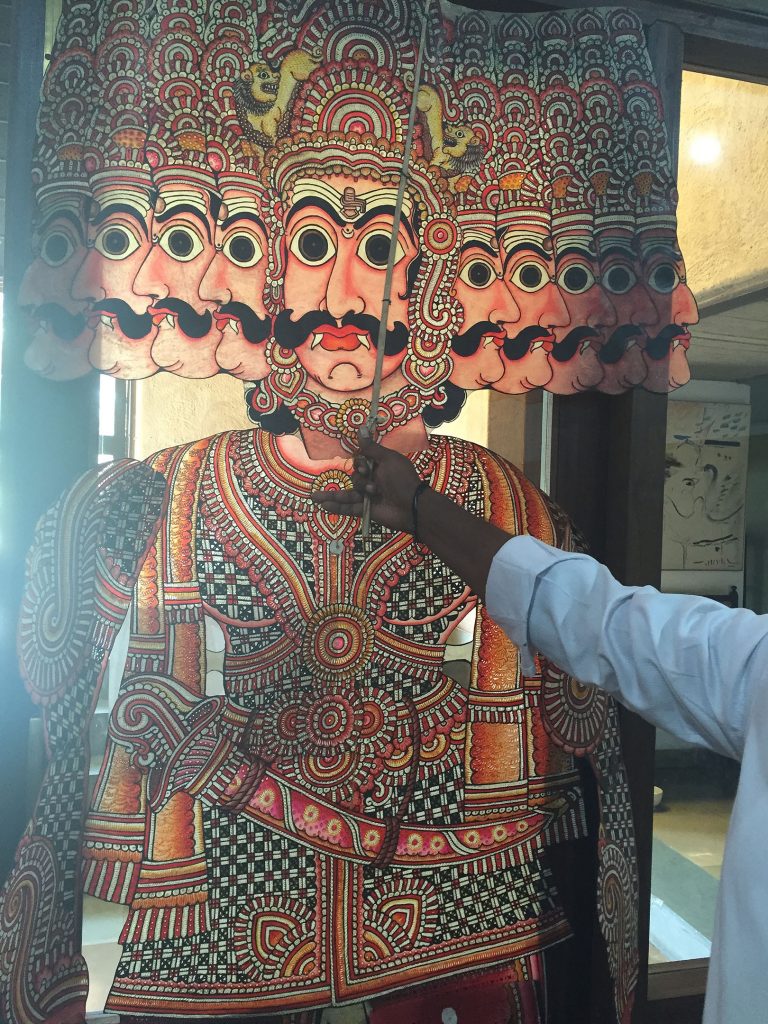My children had a peripheral, passive role in my art production until they turned 12, after which they were slowly allowed to take a more active role, if they desired. I had learned over the years that art-making allows for a form of communication between collaborators that bypasses ordinary dialogue. The negotiation and collaboration demanded by the work itself creates a “third space” of dialogue that touches personal issues in subtle and sensitive ways that makes it ideal for family communication.
This knowledge led me to apply to artist residencies with the children as active participants. I applied to two residencies with each child – the first when they turned 12 and the second when they turned 16 – with project proposals that we defined together. I felt that the experience had to take place in a foreign country so that the strangeness of place and language would immediately forge a complicity between us and a common goal to “make it through,” as well as expose the children to the richness of very different cultural experiences. It was also essential that the residencies plunge us deeply into the cultures among local artisans, artists, and working people.
I took Zoo to Japan and Malaysia (2008, 2013), Laura to India (2012, 2017), and Kiko to South Africa (2016, 2018). All three children were very involved in choosing our destination and in generating the applications and ideas for the projects, which ranged from performative photography to darning, shadow puppet production, woodworking, performance, and video.
I view these residencies as artworks, as extensions or amplifications of my practice, where intention meets environment and art-making is thoroughly enmeshed in everyday life with a sense of deep, relational purpose. Essentially, I set up the conditions to allow making, observation, exchange, critical thinking, and experimentation to be the centre of our lives for thirty days. This length of time allowed each child to twice experience what it means to focus on a project that takes a concept from the initial, sketch phase to a fully formed artwork with the movement, meanderings, errors, and discoveries that extended, focussed work provides. And perhaps most importantly, feel how the process had changed us.

